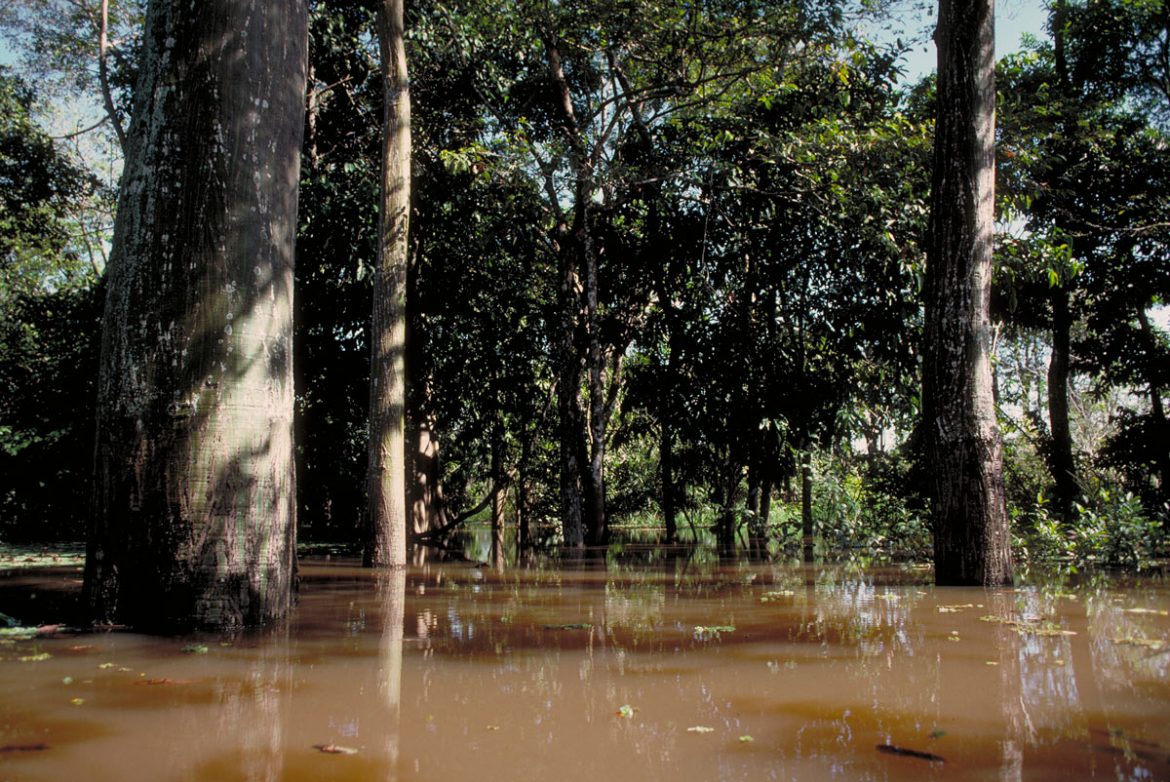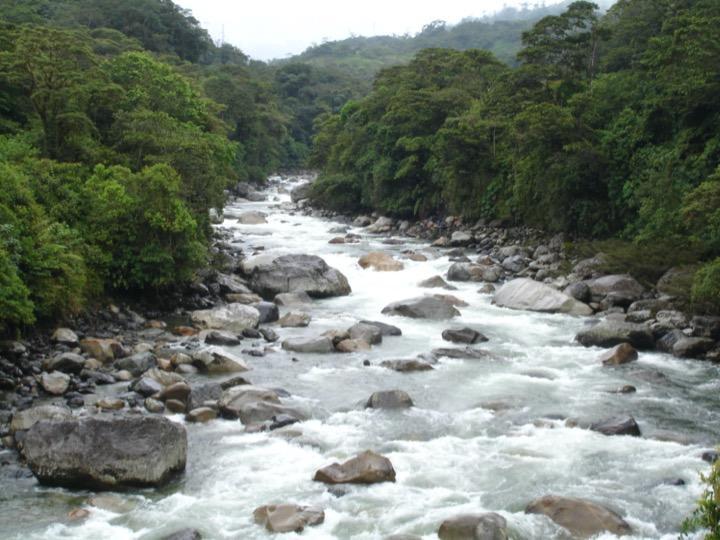
Scientists (Arantes et al., 2018; Castello et al., 2017) recently used spatial data, fisheries data, and field surveys to elucidate the effect of floodplain forests on the community composition and abundance of freshwater fish on a segment of the Amazon River in Pará, Brazil. The results? Floodplain forests are crucially important in determining both the types of species that exist in the Amazon and how many of each there are.
In the lake systems studied by the scientists, those with a higher variety of habitats, and in particular those that included floodplain forests, had a higher number of different kinds of species (such as those who only eat one particular type of food), while those characterized by grasses or open water habitats were dominated by habitat generalists (species that can exist in a variety of habitats). When thinking about the resources that floodplain forests provide, this makes sense. During flooding season, the fruit from the forest trees become available for frugivore fish species and movement between the different lakes and river channels becomes possible. In non-forested lakes, the type of resources is constant and is usually grass-dominated.
The relationship between forest cover and abundance of fish is a little less intuitive. Researchers related catch per unit effort (CPUE; kilograms of fish per fisher daily) to land cover for multiple species of fish, as well as for the ten taxa that comprise 85% of fish caught. They found that for most of these models, forest cover was the most important effect on fish abundance, and species-wise the most significant effect was found for the dourada, surubim, and tambaqui fish, while aracu and mandi-moela saw the least significant effects. This means that forest cover is particularly important for the presence (and catch) of commercial fish species: dourada, surubim, and tambaqui.
Given the importance of these fish species for livelihoods in the Amazon basin, especially commercial fish, we must consider floodplain forests as a top conservation priority. Traditionally, terrestrial ecosystems have been given higher priority for the conservation of nature, yet research like this shows that the terrestrial and aquatic systems of the world are invariably linked.

The way they’re linked and why the link is important is likely to vary along the Amazon basin. Freshwater ecologist Dr. Carlos Cañas, of WCS Peru, suggests that “in Peru, the effects may be different, depending where on the river you are. For example, in the headwaters, the riparian forest plays a major role in controlling erosion, since sediments aren’t held in suspension. This differs from the results of the studies where floodplain forests are most important as a food source.”
Direct research linking deforestation and fish biodiversity in Peru’s headwaters is still needed, but some research in other countries confirms these different patterns. In 94 headwaters in Santarem and Paragominas, Brazil, deforestation was linked with positive change in types of fish species, but in these places, the deforestation rate was only 30% (Leitão et al., 2017). In a review of fish biodiversity in the Tropical Andes, deforestation was reported as having a homogenizing effect; areas of Ecuador where riparian forest cover was low saw a shift in only one type of fish—the type that eats periphyton, or organisms that cling to plants above the bottom sediments (Anderson and Maldonado-Ocampo 2011).
What is clear is that the forest has an impact on fish communities of the Amazon. As we move towards more sustainable and integrated basin management, research that illuminates the diversity of cause and effect between land cover and biodiversity, in both composition and abundance, will be key.
References
Anderson, E., and J. Maldonado-Ocampo. 2011. A regional perspective on the diversity and conservation of tropical Andean freshwater fishes. Conservation Biology 25(1): 30-39. doi: 10.1111/j.1523-1739.2010.01568.x
Arantes, C., et al. 2018. Relationships between forest cover and fish diversity in the Amazon River floodplain. Journal of Applied Ecology 55:386-395. doi: 10.1111/1365-2664.12967
Castello, L., et al. 2017. Fishery yields vary with land cover on the Amazon River floodplain. Fish and fisheries 00:1-10. doi: 10.1111/faf.12261
Letão, R. P., et al. 2018. Disentangling the pathways of land use impacts the functional structure of fish assemblages in Amazon streams. Ecography 41: 219-232. doi: 10.1111/ecog.02845
Written by Natalia Piland.




